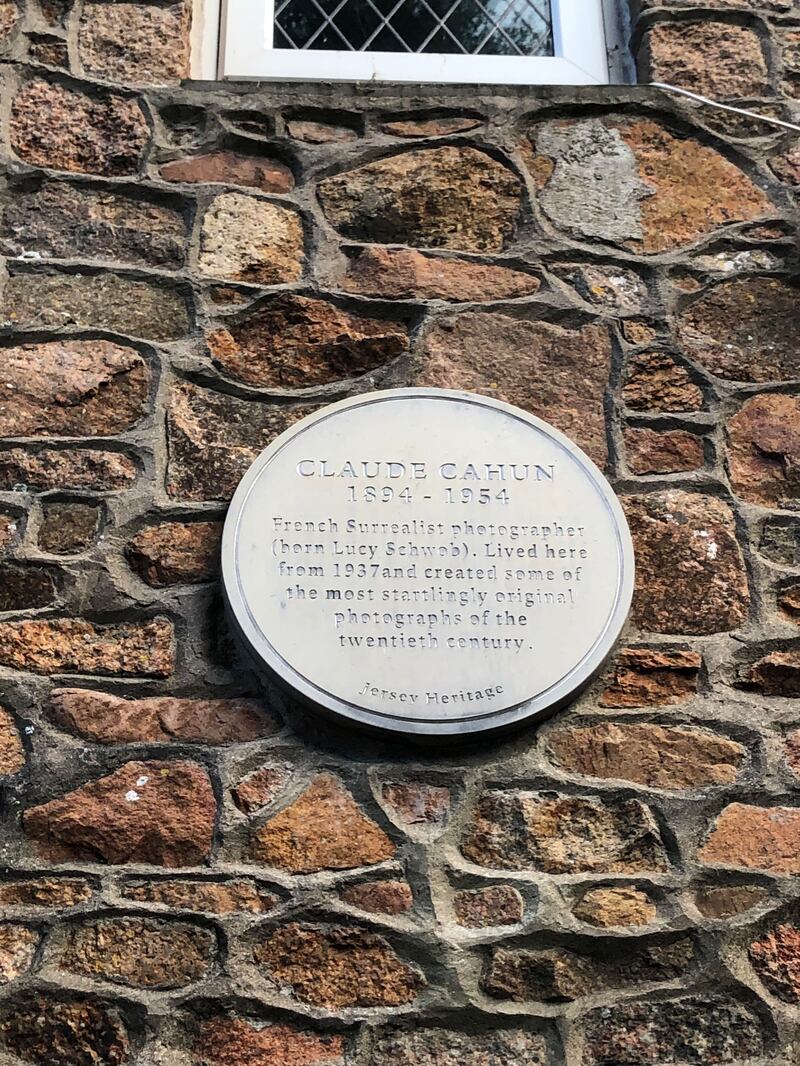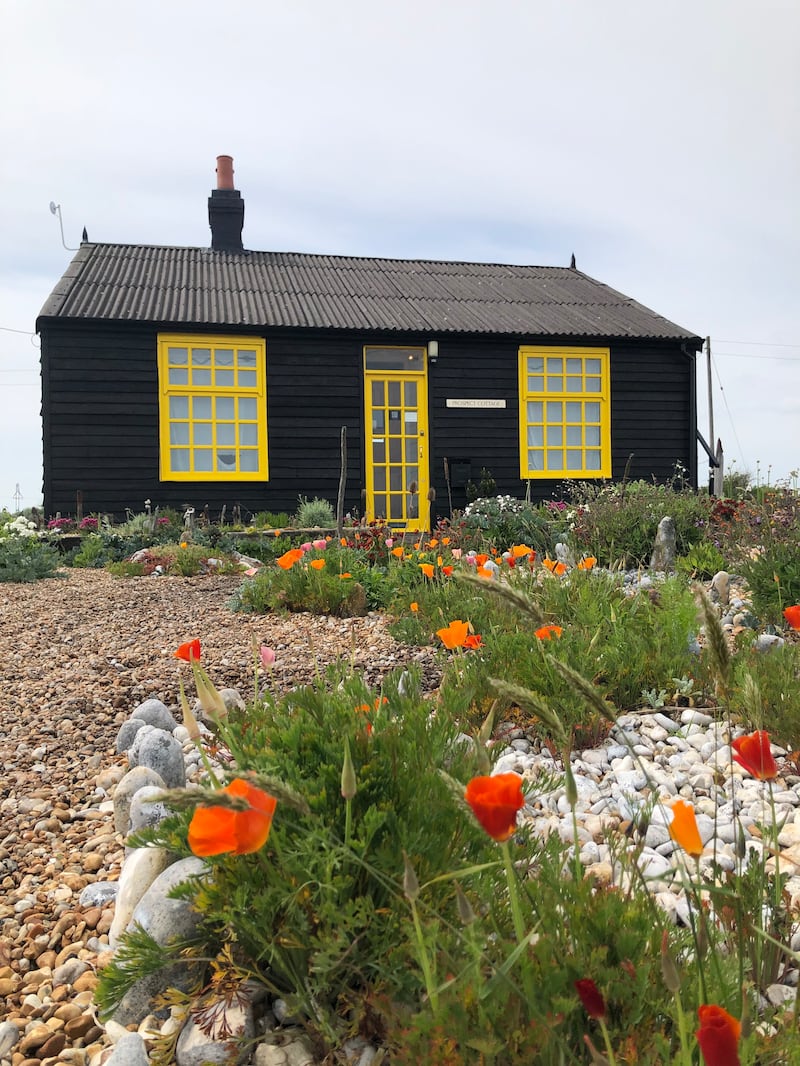Historically speaking, the queerest place in Kilkenny is the castle. The imposing 800-year-old battlemented landmark that towers over the Marble City has an illustrious past, of course, and the name of Strongbow, the castle’s founder, will be familiar to many. Much less well-known is the role it played in one of the greatest queer romances in history.
It was here that Eleanor Butler and Sarah Ponsonby met and fell in love. Eleanor was the daughter of the Earl of Ormonde and grew up in the castle; Sarah was the orphaned child of another upper-class family from the south near Inistioge who came to visit in 1768. Their families disapproved of their burgeoning relationship so, in 1778, the two fled for the more hospitable setting of Llangollen in North Wales. For nearly 50 years they lived together at Plas Newydd, their large, eccentrically decorated house, where they received such distinguished guests as Sir Walter Scott, Josiah Wedgwood, and Anne Lister, the sexually voracious lesbian diarist also known as Gentleman Jack.
They would become famous as the Ladies of Llangollen and become symbols of courage and defiance for generations of LGBTQ+ people, but in Kilkenny, at the beginning of their story, they were just two Kilkenny women who somehow found each other and decided never to be parted. Lounging on the soft grass of the Castle Park on an afternoon in August, I daydream about them taking a walk around the grounds, sharing confidences, planning and plotting their life together.
Of the many tourists I’ve seen passing underneath Kilkenny Castle’s huge arching entrance (or indeed of the clusters of teenagers I’ve glimpsed clinging together in the shadows of the woods), I wonder how many know this part of the place’s history. I grew up in Kilkenny and have been around the castle more times than I can count – and even I only heard about the Ladies of Llangollen long after I moved away to England.
READ MORE
What other locales withhold their histories – of romantic friendships and same-sex liaisons, subdued desires and violent queer passions? In Nothing Ever Just Disappears, I uncover the fascinating, often exhilarating, occasionally heart-rending stories of some of these places and their remarkable occupants. From my adopted home of Cambridge to the rainbow-coloured crosswalks of San Francisco, from one end of the 20th century to the other, I explore the variety of ways that artists and writers have responded to certain places – emotionally, sexually, and creatively.
Some can be wonderfully freeing and some can be terribly restrictive but, whatever the case, places make us
Take EM Forster, for example. The beloved English author of A Room with a View and Howard’s End, Forster was secretly gay, and also wrote a ground-breaking gay novel called Maurice in 1914 but would only allow it to be published after his death, in 1970. Following the lines of Forster’s fiction and stalking his ghost through Cambridge, where he spent much of his life, I was able to see how important the place was to him. The administration of space in the university city was key. With its strict divisions between private and public, inside and outside, in Cambridge Forster found somewhere that seemed to reflect back at him his commitment to a compartmentalised, closeted life.

The gender-bending surrealist Claude Cahun had a similar kind of attachment to the island of Jersey, where she lived with her partner Marcel Moore. Jersey is a self-governing Channel Island, legally dependent on the United Kingdom yet geographically much nearer to France. As I realised when I travelled there to research Cahun’s life, the island feels both English and French but is in fact neither. This peculiar status was intimately familiar to Cahun, especially in terms of how she thought about her gender – she asserted that she was neither a man nor a woman, and people have recently claimed her as a trans or non-binary forebear. So deeply did she identify with the island that, when it was invaded by the Nazis in 1937, she and Marcel leapt to its defence and mounted a secret, surrealist resistance.

James Baldwin, by contrast, is a very difficult person to place. A civil rights activist and the writer of the gay classic, Giovanni’s Room, Baldwin had a conflicted relationship with the idea of home, having grown up queer in a conservative, God-fearing home in Harlem. He was, as a result, forever on the move and could never settle down. For 16 years, until his death in 1987, he lived off-and-on in Saint-Paul-de-Vence, a small village in the south of France, where his house has been bulldozed and built over. Wandering around the sun-bleached citadel of Saint Paul, it was oddly fitting to me that so little remained to remember him by; perhaps a brick-and-mortar monument might not be the best way to memorialise such a uniquely itinerant life.

Few places are closer to my heart – and the hearts of many queer people – than Prospect Cottage, the home of the English artist and Aids activist, Derek Jarman. He discovered his small Victorian fisherman’s hut on the Kent coast in 1986 and lived there until his death eight years later. During that time it seemed to light up his imagination as powerfully as the nuclear power stations that squatted ominously just behind it, and his horticultural experiments, books, and unapologetically gay films were all inspired by the cottage and its environs. As I sat in the kitchen of Prospect Cottage looking out at the pilgrims reverentially circling Jarman’s home, it was so clear to me how much this place fulfilled his desire to create somewhere, he said, “where poor wayward humanity is capable of being swayed by emotions which make for peace and beauty”.
[ Naoise Dolan: ‘Gay is a fun button to press. God should push it more often’Opens in new window ]
Some can be wonderfully freeing and some can be terribly restrictive but, whatever the case, places make us. Keenly attuned to a queer sense of place in writing, art, film, and performance, Nothing Ever Just Disappears charts a radical new history of the 20th century, but above all it shows that queerness has a place in a world that has often seemed so inhospitable to it.
Nothing Ever Just Disappears: Seven Hidden Histories by Diarmuid Hester is published by Allen Lane
















